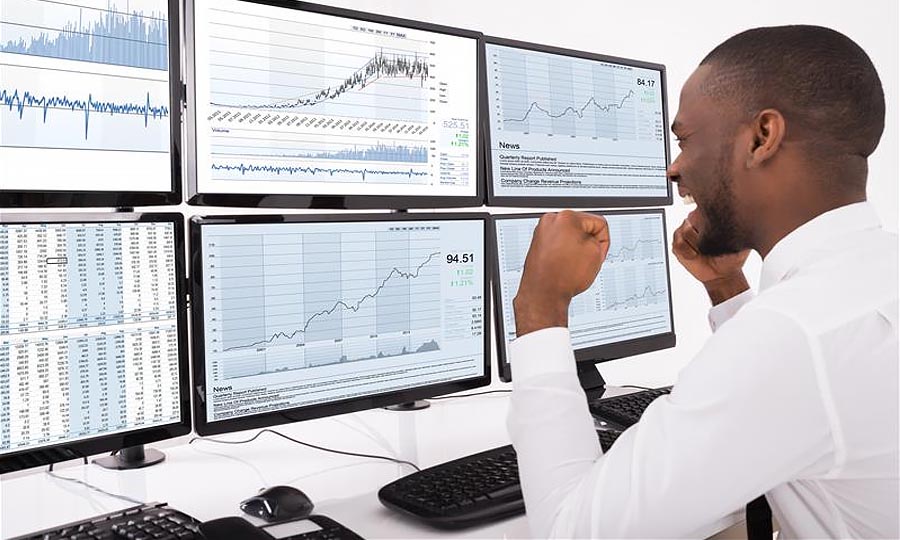If you have never traded currencies or want to start, you are in the right place.
By
Currency trading is a complex subject for some people, and has inhibited their willingness to take on the market.
I will dissect the mystery of currency trading with this post. If you have never traded currencies or want to start, you are in the right place.
Some background
The Currency market is the largest in the world with about $6.6trillion traded daily. The currency markets are a consequence of global trade. Take Emeka as an example, he wants to export cocoa to Holland, he will earn dollars from that transaction, Emeka then wants to buy rice from Japan and import it back to Nigeria. This transaction has many exchange rate risks including;
- When he sells his Cocoa, the dollar rate may have fallen
- When he wants to buy Rice in Yen, Yen may have risen
With the currency markets, he can buy a Forward Derivative that can lock in an exchange rate for the rice and cocoa transactions. The thing to note is that the currency markets were not created for speculation but trade facilitation
The Market, the Lot, the Quote, the Spread and the Pair
Currency market trading moves from market to market. Thus, the market will open in Asia, then to Europe, then the Americas, and back to Asia, closing on Friday evening to reopen Sunday evening. Thus, buyers seeking Yen will see more Yen volume as the Asian markets are open.
Currencies are also bought in lots sizes, stated as Micro, Mini and Standard Lots. If you are buying US dollars, the Standard lot size will be $100,000, Mini will be $10,000, while micro is $1000.
Currencies are quoted in pairs. This means you cannot simply buy just US Dollars, as you would buy say shares of Tesla. You must make a quote to sell a currency and simultaneously buy another currency. For example, the base currency (the currency you want to buy) is quoted first, and the currency you quote to sell to get that base currency is called the quote currency is last. So if Emaka wants to buy $1000 US dollars and sell Yen, he will quote a micro par USDJPY.
Currencies are also quoted up to the fourth decimal place. The lowest common factor in any currency pair is the Pip, if a currency rises, that rise is reflected in pip or the last digit of a fourth decimal point. The difference in the pips of the pairs is the spread. A large spread means few buyers and sellers, while a smaller spread means lots of bids and offers so less room for arbitrage
It’s just trading no deliveries
The traders are not like Emeka who wants to receive rice, traders are not exporting or importing anything; thus, when they trade, they are not expecting to hold those positions or receive the currencies from the contract, rather, they are taking a position or a bet on the direction of that currency intending to make a spread.
When traders buy US Dollars, for instance, they are making a bet that the US economy will go up, meaning more investors will want to buy US assets and will demand more US Dollars to fund their purchase. Thus, traders seek to move from a less in-demand currency to a currency in demand.
Another example is a company that does cross border trades, e.g. BMW sells cars in the US in USD but remits those funds to Germany in Euros. BMW will offer to sell USD and buy Euros from the US currency markets. Thus, BMW will quote EURUSD 1.21110/1.21115 to a broker, meaning he wants to buy Euros and sell US Dollars at a spread of 5 pips. (1.21110 less 1.21115).
Now imagine lots of European companies are exporting to the US and need to get Euros, they will keep selling US Dollars and buying Euros. This will make the US dollar weaker and less in demand. In this scenario, a profitable currency trade will be to take a position in advance and sell US today and buy Euros in advance and then reverse the sale by selling Euros to “BMW” today.
There are many ways traders determine currency movements, using technical analysis, but that’s another topic. This is just the basics.




No comments :
Post a Comment